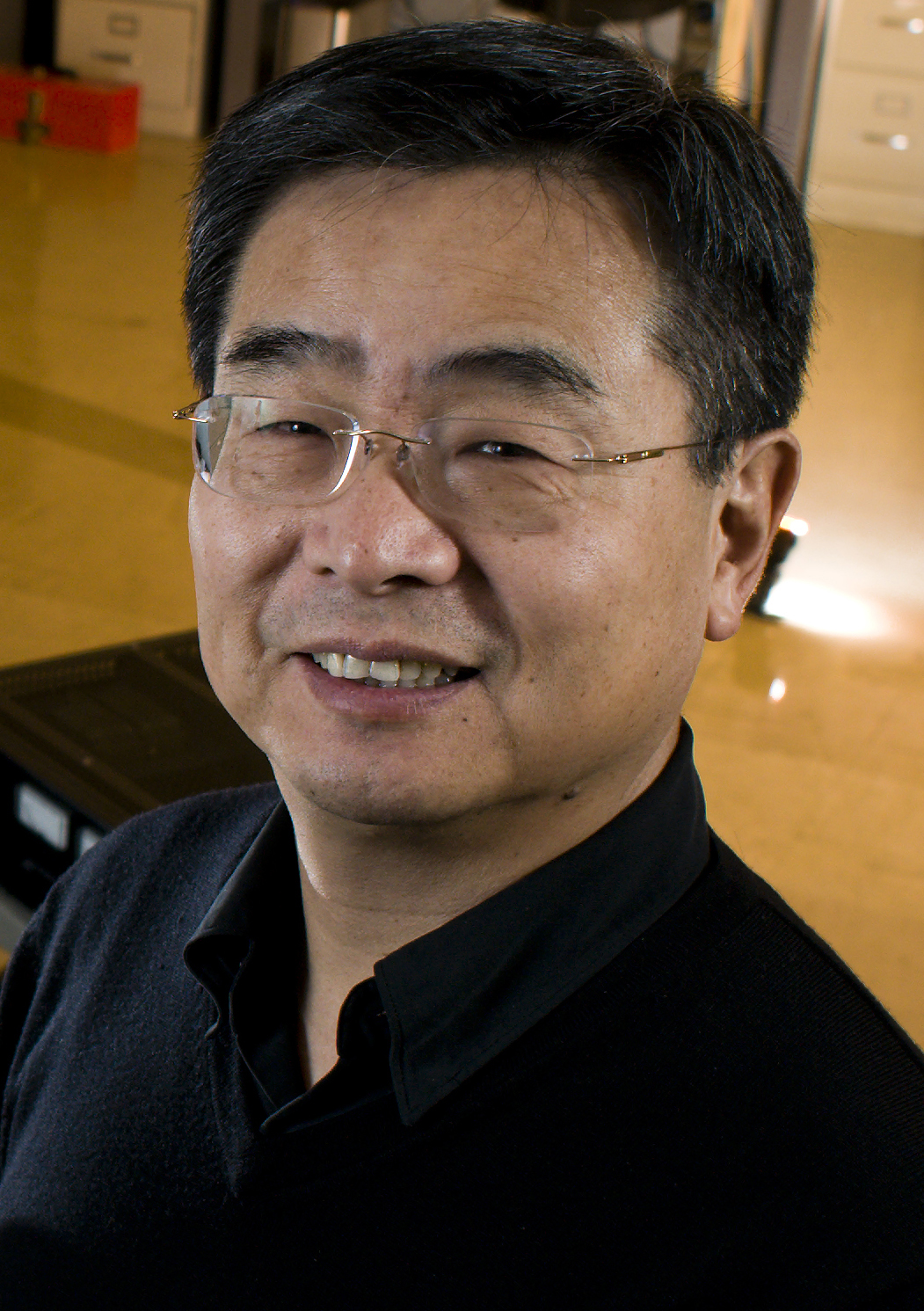Fred Lee named to the National Academy of Engineering

Fred Lee, an internationally recognized leader in the field of power electronics, is one of 68 new members elected to the National Academy of Engineering for 2011.
For some three decades, Lee’s work has led to a paradigm shift in the manufacturing of power electronics products, including both computers and telecommunications, motor drives for heat pumps, air conditioners, and other industrial and commercial applications.
Almost everything a consumer touches has power electronics in it. It is really an enabling technology that is not visible,” Lee explained.
He and his research group are changing the way electricity is used. For example, if data centers, which use enormous amounts of energy, can be redesigned from the current AC distributed system, using off-the-shelf equipment, to a new power system architecture based on high-voltage DC systems, an initial study shows the efficiency could be improved some 10 to 20 percent. Web giant Google claimed that every one percent improvement in the efficiency of the data center means a $1 million savings in electrical energy bills, according to Lee who started at Virginia Tech in 1977.
In 1983, Lee, a Virginia Tech University Distinguished Professor, founded the Virginia Power Electronics Center. In 1987, the center was designated as a Technology Development Center of the Virginia Center for Innovative Technology. Under Lee’s leadership this center became the largest university-based power electronics research group in the country. More than 90 industries became associated with the world-renowned center.
In August of 1998, Lee was successful in competing for a National Science Foundation Engineering Research Center called the Center for Power Electronics Systems, with total National Science Foundation funding that exceeds $30 million. Lee directed this government center, comprised of five universities and more than 100 corporations, for 10 years, the maximum number allowed by the scientific agency.
Lee’s vision was to make the U.S. the most efficient user of electrical energy in the world and to guide the center's work to produce a 30 percent savings in electric power consumption. Afterwards, the center needed to be self-sustaining, and Lee accomplished this goal.
Lee has pioneered lecture and laboratory courses to support power electronics. He has supervised 80 master’s level and 69 Ph.D. students. Since 1977, total funding secured by Lee exceeds $87 million.
He is the inventor of a new generation of high frequency power conversion devices known as quasi-resonant converters and multi-resonant converters and various soft-switching pulse-width modulation techniques. These devices have led to the development of the latest generation of power conversion equipment, offering notable reduction in size and weight, as well as significant improvement in power conversion efficiency and reliability. He holds 69 patents.
All manufacturers of computer processors use a multi-phase voltage regulator module (VRM) that Lee’s lab helped to develop. Since 1998, every microprocessor (Intel and otherwise) has been powered with this multi-phase VRM technology. It has enabled the U.S. power electronics industry to continue maintaining its leadership in both technology and market positions, allowing new job creation and job retention in the American workforce.
Lee earned his master’s and doctoral degrees in electrical engineering from Duke University in 1972 and in 1974, respectively. He earned his undergraduate degree from the National Cheng Kung University in Taiwan in 1968.



